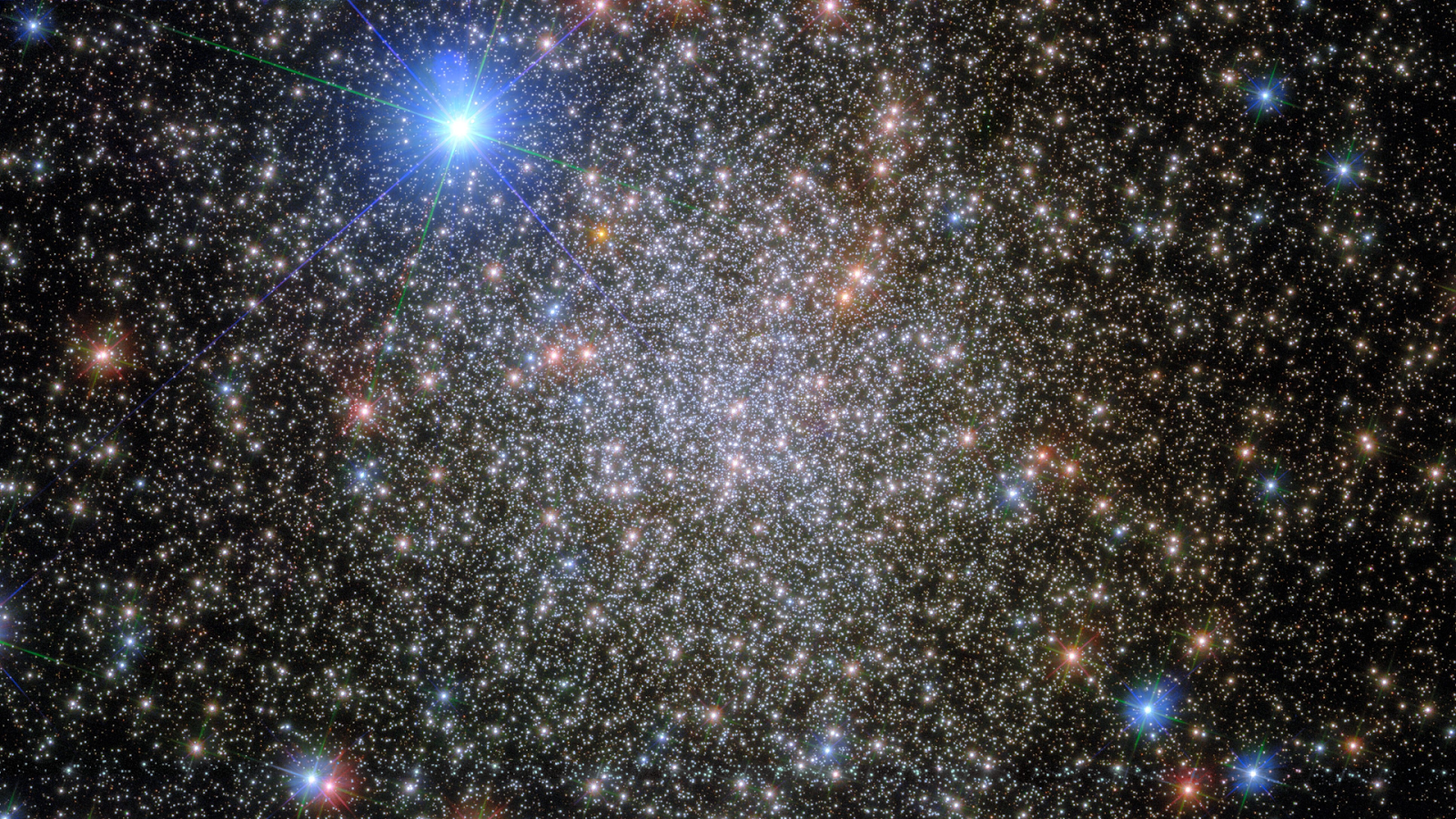Looking in the mirror (Rosh HaShanah Day 2, 5783 / 2022)
Every year shortly before Rosh HaShanah, there’s an Israeli music video that I like to watch, which presents a thoughtful metaphor about our interpersonal and spiritual goals at this time of year. The brief video set to the music of Israeli musician Evyatar Banai, shows us a young man who is carrying a full length mirror under his arm. We see that that mirror has a number of dots on it - some of which are black, and some of which are white, in neat, orderly rows. While he is carrying this mirror through a beautiful Israeli wilderness trail, ‘e see some scenes in his life that are presented as flashbacks, and we also see how this mirror came to have all these dots painted on it. We see him talking with a friend in a way that makes a third person feel excluded. And then we see a brief scene of him, ostensibly at home, dipping his brush into a container of black paint, and painting a new black dot on the glass mirror. Then we see a scene of him visiting an elderly woman, appa...
